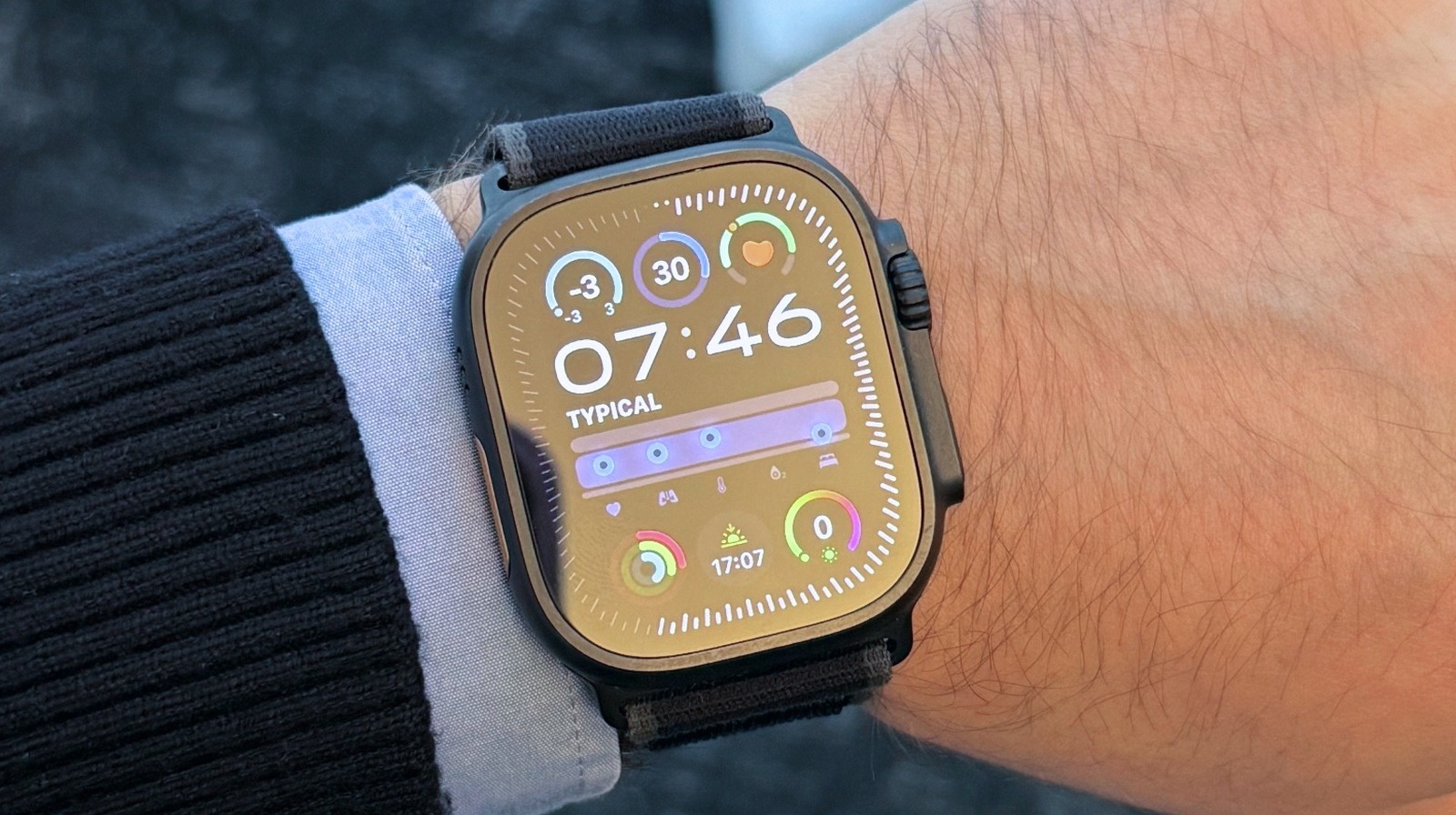Following Apple’s ongoing dispute against the European Union’s Digital Markets Act legislation, the company confirmed to French publication Numerama that iOS 26.2 will remove automatic Wi-Fi network syncing between iPhone and Apple Watch in the region. According to the report, Apple is responding to the European Commission’s interoperability requirements, which wants the American company to continue to open up its iPhone ecosystem and features to third-party developers.
That said, Apple decided to remove the ability to automatically connect the Apple Watch to the same network the iPhone is connected to in iOS 26.2. While this seemingly won’t affect the networks that the Apple Watch already has stored, it will mean that the user needs to sign in separately on each device going forward. Even though Apple hasn’t addressed this case specifically, the company previously said that it wouldn’t be afraid to remove features in Europe to protect its users’ data against “data hungry companies.”
European Commission still expects Apple to commit to other fundamental changes
With Apple set to remove this key Apple Watch feature for EU users, the company has been reportedly working on other interoperability features that will be available for European users. For example, iOS 26.1 beta code revealed that the company is working to implement third-party smartwatch notifications from the iPhone, making these devices more compatible with Apple’s iPhones.
Besides that, another report suggests that AirDrop might get a security PIN whenever users start a connection with a user. This could be a way for Apple to avoid opening up the AirDrop technology to other companies, which it says might put user data at risk. Still, the company has other features it might need to implement in iOS 26 and iOS 27 to appease the European Commission.
Last May, Apple filed an appeal against interoperability rules in the EU. However, a final decision hasn’t been reached yet, and the company keeps saying it could continue to limit features in the region to protect itself and its users.









